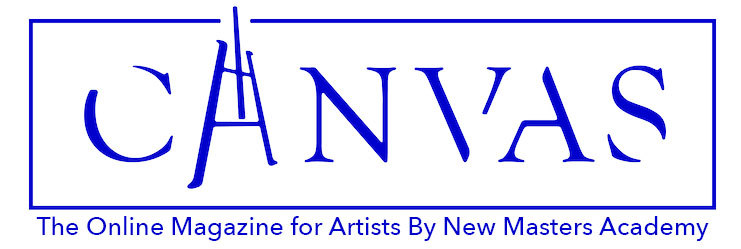Creativity and play are dear siblings, a close relationship, yet distinctive in their own rights.
Most of us work hard to hone our craft and mature our content. We must balance financial responsibilities and family obligations while attending to the making, showing, and selling of our efforts. All this serious business can stifle a sense of play for sure. We forget to nurture this important aspect. We expect creativity to show up while we cut off its roots.
Master of figure drawing and NMA instructor Karl Gnass observed a common loss of creativity while artists are trying to master their skills.
“When we first learn how to draw our works are childish. As soon as we learn professionalism it is important that we return to our state of childishness to find our own voice,” he commented during a
“Play is serious business.” says Arthur Molella, Lemelson Center Director, “At stake for us are the ways we socialize and teach future generations of scientists, inventors, artists, explorers, and other individuals who will shape the work in which we live. It is safe to say that humans, as a species, have always had a concept of play. But only recently has play begun getting the serious attention it deserves as a source of discovery.”

Play keeps us from taking ourselves too seriously, risking closing ourselves to many ideas and opportunities. Play is the agent that keeps all channels clear and agile for invention, joy,
Play releases endorphins, the body’s natural feel-good chemicals, it improves brain function, stimulates the mind, and boosts creativity and imagination.
According to Dianne Ackerman, author of Deep Play,
“Deep play arises in such moments of intense enjoyment, focus, control, creativity, timelessness, confidence, volition, lack of self-awareness (hence transcendence) while doing things intrinsically worthwhile, rewarding for their own sake…It feels cleansing because when acting and thinking becomes one, there is no room left for other thoughts.”
The act of play keeps us engaged in life – curious, delighted, venturing, experimenting, and in awe, which is the nature of our profession.

In the words of George Bernard Shaw, “We don’t stop playing because we grow old; we grow old because we stop playing.” Play can boost your energy and vitality.
So how do we make play a part of our lives?
Ask yourselves, when was the last time you ‘played’? How did it change or affect your ‘work’? What sparks your sense of play? Try another art form that is only for fun.
I bought a cello I had no intention to formally learn, just so I could PLAY it.
“I buy a used cello. I do not play the
I have enough money for the cello and to eat a little that week too, because the owner discounts fifty dollars on account of the bow’s poor condition.
Something which had once seemed beyond my grasp, after all, “why buy a cello you can’t play”, is now in my tiny living room.
I draw the bow over the four strings that I will soon learn by their alphabetical names. To produce any cello-like tones at all brings the simplest and most inexplicable joy.
Before heading out the door, I set the cello between my knees, and drag the bow across her strings, resting my head against the peg and scroll to feel sound.“
Buy and play a harmonica or a used ukulele. Write songs about pigeons and pomegranates. Throw a Frisbee at the park, go dancing, play fetch with a dog, paint your bike neon green and go for a bike ride.
Read books to children by getting in character and play-acting the scenes. Don’t worry, children don’t judge us on that, they just enjoy and jump in the fun.
Listen to anything that sparks your interest and follow spontaneously all the way even if it wasn’t planned that day.
In fact, the literary classic, Peter Pan, a book turned into a multi-billion dollar franchise, was originally born out of play with children when Scottish author, J. M. Barrie, and later philanthropist, engaged in imaginative play with a neighborhood family.
In the words of Peter Pan’s J.M. Barrie himself,
“I’ll teach you how to jump on the wind’s back, and then away we go.”



Leave A Reply